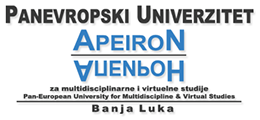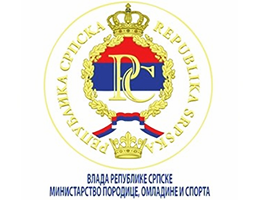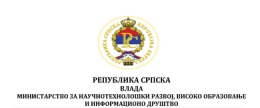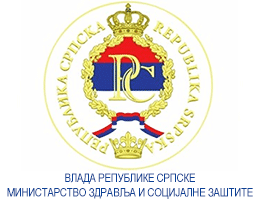Relations Between Body Mass And Maximum Force Of The Leg Muscles
Volume 1, Issue 1 (2011)
Volume 1, Issue 1 (2011)
Relations Between Body Mass And Maximum Force Of The Leg Muscles
Abstract:
A transversal study was carried out on a sample of twenty-four (N = 24) first year student of the Faculty of Physical Education and Sport at the University of Banja Luka aimed to investigate the association of body mass, as a representative of body dimensions,, presentation of maximum force with the leg muscles. In this study, an experimental approach to determining allometric exponent, for tests which assesses the maximum force of the leg muscles (squat 80° b=0.78, squat 110° b=0,88, squat 140° b=1,06, squat 1RM b=0,62), provides an approximate theoretical results predicted . b = 0.67 if the test results normal body mass (m). So the expression of muscle leg maximal force depends on the physical dimensions, especially the physical masses, and to obtain relative force (strength) of respondents the results of measurements of maximum force to the leg muscles shared with body mass graduated allometric exponent.
Keywords:
muscle force, body mass, allometric exponent, scaling
Full Text:
References:
- Astrand, P.O. and Rodahl, K. (1986): Textbook of work physiology . New York: McGraw-Hill Book Company
- Atkins, S.J. (2004): Normalizing expressions of strength in elite rugby league players. J Strength Cond Res. 18: 53-58.
- Hill, A.V. (1950). “The dimensions of animals and their muscular dynamics”. Science progress, 38: 209-230.
- Jarić, S. (1997). “Biomehanika humane lokomocije sa biomehanikom sporta”. Beograd, Dosije.
- Jarić, S. (2002):Muscule strenght testing:the use of normalization for bodysize.Sports Med 32:615-631
- Jaric, S. (2003). "Role of body size in the relation between muscle strength and movement performance." Exerc Sport Sci Rev. 31(1): 8-12.
- Jaric, S.; Radosavljevic-Jaric, S. (2002): "Muscle force and muscle torque in humans require different methods when adjusting for differences in body size." Eur J Appl Physiol. 87(3): 304-7.
- Markovic, G.; Jaric, S. (2004): “Movement performance and body size: the relationship for different groups of tests”. Eur J Appl Physiol. 92: 139-149.
- Mcmahon, T.A. (1984). “Muscles, reflexes, and locomotion”. Princeton: Princeton University Press.
- Schmidt-Nielsen, K. (1984). “Scaling: why is animal size so important?”. Cambridge: cambridge university press.
- Ugarković, D. (1996): Biologija razvoja čovjeka sa osnovama sportske medicine. Beograd, Fakultet fizičke kulture,
- Vanderburgh P.M.; Katch F.I.; Choenleber J.; Balabinis C.P.; Elliot R. (1996): ”Multivariate allometric scaling of men’s world indoor rowing champion performance”. Med Sci Sports Exerc 28:626–630
- Zaciorski, V.M.(1975): Fizička svojstva sportiste. Beograd, NIP Partizan.
- Zaciorski, V.M.; Kremer ,W.J.(2009): Nauka i praksa u treningu snage. Beograd, Datastatus.






